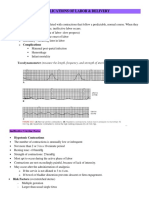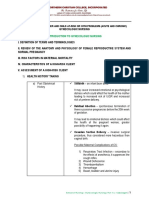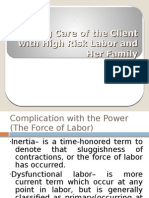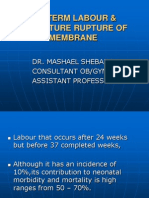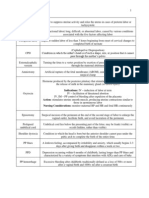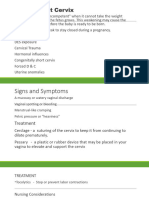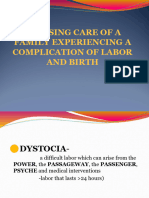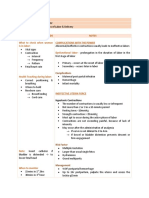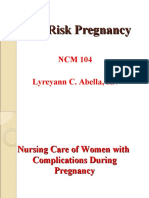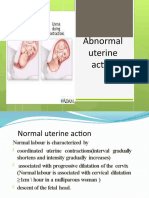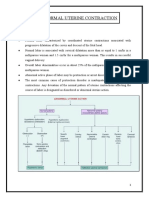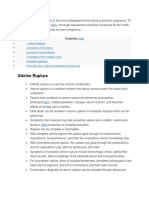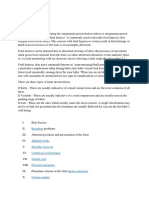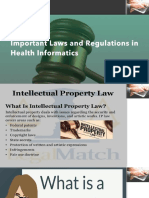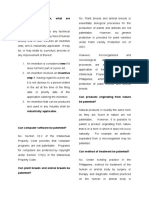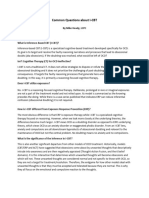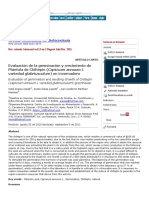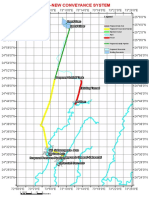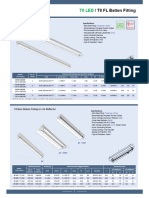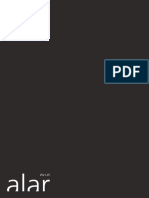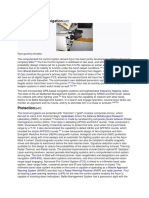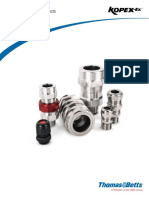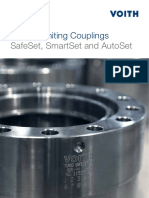HELLP
SYNDROME
• a variation of PIH
• - Hemolysis, Elevated liver enzyme, low platelet
• - a serious condition because it results to maternal mortality rate as high a 24 % and infant mortality
rate as high as 35%
Etiology – unknown
Manifestations
• Nausea /vomiting
• Epigastric pain
• General malaise
• Right upper quadrant pain
• Lab result – hemolysis of RBC
• - thrombocytopenia(<100,000/cu.mm
• - elevated liver enzyme level
• - emorrhage and liver necrosis
MANAGEMENT
• 1. Improve platelet count – transfusion of fresh-frozen plasma or platelets
Complications associated with HELLP
• -liver hematoma
• -hyponatremia
• -Renal failure
• -hypoglycemia
POLYHYDRAMNIOS
• Excessive amniotic fluid formation
• Normal amount – 500-1000ml
• Can cause fetal malpresentaion because of the extra uterine space
• AF – formed by a combination of cells of the amniotic membrane & fetal urine
Assessment
1. Unusually rapid enlargement of the uterus
2. difficult to palpate fetal parts because the uterus is tense
3. Auscultating FHR is difficult
4. Shortness of breath
5. lower extremities varicositis
6. increase weight gain
THERAPEUTIC MANAGEMENT
• 1. admitted in the hospital
• 2. bed rest
• 3. assess vital signs
• 4. assess lower extremities edema
• 5. Teach the mother to report any signs of ruptured membranes or uterine contractions
�OLIGOHYDRAMIOS
• Less than the average amount of AF.
• Usually caused by a bladder or renal disorder that interferes with voiding , severe growth restriction
which can lead to Potter Syndrome
• Suspected when the uterus fails to meet its expected growth rate
• Confirmed by Ultrasound
ISOIMMUNIZATION ( RH INCOMPATIBILITY)
• Rh factor is a protein that may be found on the surface of red blood cells. If you carry this protein, your
blood is Rh positive. If you don't carry this protein, your blood is Rh negative.
• Sometimes a mother with Rh-negative blood is pregnant with a baby that has Rh-positive blood. This
can cause a problem if the baby's blood enters the mother's blood flow. The Rh-positive blood from the
baby will make the mother's body create antibodies. This is called isoimmunization.
RISK FACTORS
• Rh-negative pregnant woman who:
• Had a prior pregnancy with a baby that was Rh positive
• Had a prior blood transfusion or amniocentesis
• Did not receive Rh immunization prophylaxis during a prior pregnancy with an Rh positive baby
• Symptoms that can develop in the baby include:
• Swelling of the body, which may be associated with heart failure or
respiratory problems.
• Jaundice
• Anemia
THERAPEUTIC MANAGEMENT
• The best treatment is prevention
• If a mother is at risk for Rh incompatibility, an injection of Rho immune globulin will be given at week
28 of the pregnancy.
• A second injection will be given within 72 hours after delivery. These injections will block the mother's
body from developing antibodies.
• Women at risk may also be given these injections after a miscarriage, induced abortion, or ectopic
pregnancy. These injections will protect the current pregnancy and future pregnancies.
WOMAN WHO IS SUBSTANCE/DRUG DEPENDENT
• Substance Abuser – is one who uses drugs for pleasure
• Drug dependent - is one who craves a particular drug for psychological and physical well being
Manifestations
• - comes late for pre natal care
• - have difficulty following pre natal instructions
• - does not have enough money for both food and drugs
• - can not wait long at a health center facility
DRUGS COMMONLY USED
Cocaine
• - sniffed, smoked
�• Vasoconstriction
• RR,CR,BPincrease
• Cardiacarrest
• Compromisesplacentalcirculation
• Abruption placenta
• Pretermlabor
• Fetal death
Amphetamines
• Jitteriness
• Poor feeding at birth
• Growth restricted
Marijuana
• Tachycardia
• Loss of short term memory
• Respiratory infection
• Reduced milk production
• Risk of excretion of the drug to the milk
Narcotic Agonists (morphine, meperidol, codeinem, heroin)
• - skin popping, snorting, shooting
• Phlebitis, Hepa B, HIV
• Severe withdrawal syndrome after birth
• Small for gestational age
• Fetal distress
• Meconium aspiration
Alcohol
• Fetal alcohol syndrome (facial and cognitive challenge)
Treatment
• Treatment programs are directed toward long term rehabilitation and pre natal care
WOMAN WHO DEVELOPS COMPLICATIONS DURING LABOR AND BIRTH
Complications with Power
Hypertonic Contractions
• Marked by increase in resting tone to more than 15 mmHg Occur frequently
• Latent phase of labor
• Muscle fibers of myometrium does not polarize after a contraction Painful due to lack of
relaxation and anoxia to the uterine cells
Treatment
• Rest
• Dark,quietroom
• Decrease noise and stimulation
• Morphine
• Apply uterine and fetal monitor for 15mins
�• May need Cesarian section
Hypotonic Contractions
• Number of contractions is usually low and infrequent (2-3 in 10 min.
period)
• Resting tone < 10 mmHg
• Occurs during the active phase of labor
• Contractions are not painful
• Increases the length of labor
• Cervix dilated – greater risk for infection
Treatment
• Infusion of oxytocin – to augment labor
• Amniotomy may be done
Contraction Rings
Types :
• Simple type – can occur at any point in myometrium and anytime during labor
• Pathologic retraction (Bandl’s ring)- most common, occurs at juncture of upper and lower uterine
segments
.
Manifestations
• Appears late in 2nd stage of labor
• Horizontal indentation across abdomen
• Fetus is gripped by retraction ring and cannot advance beyond that point
• Warning sign of dysfunctional labor
• Uterine rupture or fetal death can occur
• * Also will grip the placenta – leads to hemorrhage
Etiology
• Excessive retraction of upper uterine segment
• In early labor-due to uncoordinated contractions (obstetric manipulation or oxytocin)
Treatment/Management
• Sonogram
• IV morphine or inhalation of amyl nitrite
• Cesarean birth
Precipitate Labor
• Labor completed in < 3 hr
• In active phase, dilatation > 5cm/hr (1cm every 12 min) in nullipara >10cm/hr (1 cm every 6 min)
in multipara
• Occurs with multipara, induction of labor by oxytocin or amniotomy.
Risks: hemorrhage, lacerations
� Uterine Rupture
• Rare (1 in 1500 births)
Etiology:
• Vertical scar from cesarean section
• prolonged labor
• faulty presentation
• multiple gestation
• unwise use of oxytocin
• traumatic maneuvers using forceps or traction.
Manifestations
• With rupture a sudden severe pain, tearing feeling then pain stops
• Hemorrhage ,shock
• Change in contour of abdomen
• FHR absent
• changes in VS
Management
• Stat Cesarian section
• IV fluid
• may need a hysterectomy
• mother and/or fetus in extreme jeopardy










